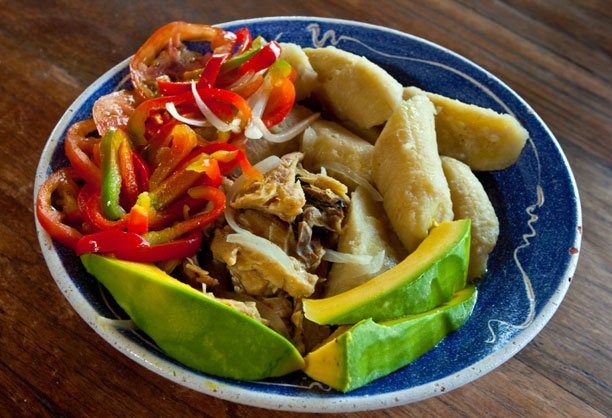10 Classic Caribbean Dishes
Until now, traveling through the Caribbean felt as though you had landed in a gourmand's wasteland. Most resorts play it safe with plenty of colorful cocktails meant to help you forget the starring role often played by their bland breast of chicken sadly labeled "continental."
But free up those taste buds and take stock of the rich history, because these 10 classic dishes are the keys to experiencing real Caribbean culture. As soon as the islands were "discovered" by Christopher Columbus in 1492, French, English, Dutch, Spanish, Swedes and even Danes Galleons sailed forth to get a taste of tropical pie. There, they changed the culinary landscape, mixing their own homey recipes with local ingredients.
Once settled, the Europeans launched immense sugar plantations and brought African slaves to help work the land. Robbed of seemingly everything, African men and women bore both their keen taste and native cuisine, as evidenced in callaloo or okra, and then later waves of Indian laborers arrived, carrying fragrant spices now used for colombo, a complex curry paste. One favorite dish from Curacao has that curious mix of circumstance and culture: keshi yená, or stuffed cheese, started after the Dutch rulers of the past used to throw out their hollowed cheese rinds. The slaves would take them, stuff fish or meat inside, and boil them.
Few Caribbean islands have the right conditions to be agriculturally abundant, making the sea and its natural bounty the cornerstone of most Caribbean diets, which may explain why some of the islands' cuisines are among the world's healthiest. Dishes like Trinidad's Shark and Bake Sandwich and the Cayman Islands' Conch Chowder are some of the most popular — and delicious — examples of the Caribbean's culinary mastery of seafood.
Recently the mélange of cultural influences has taken a turn towards the gourmet, while retaining each island's local flavor and culture. Take for example, the accras from Martinique. The cod fritters' name comes from the word acra or akara for vegetable fritter in the East-African Ewe language, but a persistent legend tells of a cook from Normandy, France, who ran out of apples for her fritters. Her African helper proposed she use cod, but the fritters were bland. Hearing the two women, the Indian maid sprinkled her spices in the dough. Alas, the tangy, chewy accra was born. Read on to see all of the best Caribbean specialties and where to eat them.
